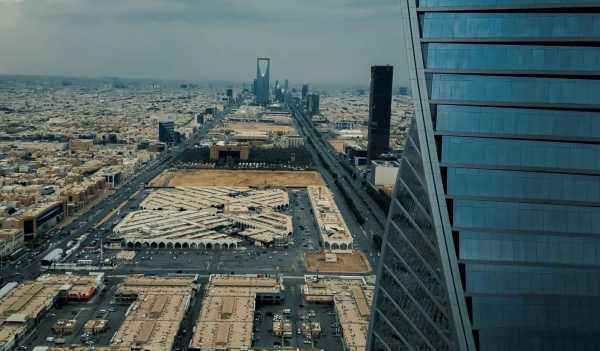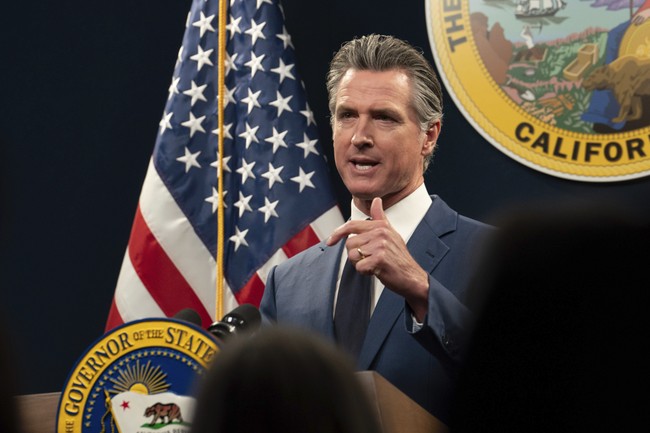Saudi Arabia's A1 Credit Rating Upheld by Moody's
Moody's recent affirmation of Saudi Arabia's A1 credit rating signals confidence in the Kingdom's economic reforms and diversification efforts.
Published May 26, 2024 - 00:05am

Image recovered from saudigazette.com.sa
Moody's, a global credit rating agency, has recently reaffirmed Saudi Arabia's credit rating at A1 with a positive outlook, a vote of confidence in the Kingdom's continuous economic diversification and reform efforts initiated since 2016. According to reports by the Saudi Press Agency and subsequent coverage by Saudi Gazette, this assessment reflects the effectiveness of the government's macroeconomic and fiscal policies in supporting the sustainability of economic diversification.
These large-scale diversification projects, which are modular and commercialized in phases, are expected to bolster nonhydrocarbon real GDP growth. Investments in various nonoil sectors are believed to significantly reduce the Kingdom's economic and fiscal dependency on hydrocarbons over time. Governmental institutions and policy effectiveness improvements have likewise been praised, as has the Kingdom's robust balance sheet and substantial foreign currency reserves.
In related news, Moody's Investors Service has also raised Saudi Arabia's local and foreign currency rating to Aa1, highlighting increased predictability and enhancements in institutional processes that affect the private sector. These ratings reflect the government's capacity to meet its financial obligations, both domestic and foreign, showcasing very low transfer and convertibility risks, backed by the central bank's extensive foreign exchange reserves.
Despite a contraction in the oil sector and subsequent impact on the economy, Saudi Arabia's non-oil activities have shown expansion, with the government adjusting crude output in alignment with the OPEC+ alliance to balance the market. Still, challenges such as reliance on a single revenue source and regional geopolitical dynamics have been noted amidst these positive developments. On a related note, S&P Global has maintained Saudi Arabia's sovereign rating, endorsing the social and economic reforms under the Vision 2030 agenda aimed at diversifying the country's economy away from oil.
The optimism surrounding Saudi Arabia's economic outlook is underscored by Moody's evaluation, which underscores the nation's noteworthy progress in diversifying its economy. The Vision 2030 agenda, a strategic framework aimed at reducing Saudi Arabia's dependence on oil and diversifying its economy, has been a critical factor in this transformation. This comprehensive reform initiative launched by Crown Prince Mohammed bin Salman encompasses social, economic, and developmental objectives — ranging from increasing the role of the private sector to implementing social reforms that aim to foster a more vibrant Saudi society.
Saudi Arabia's Vision 2030 has a number of substantial projects that are pivotal to its economic overhaul. Among them, NEOM, a $500 billion futuristic mega city project, is designed to be a hub for innovation, a model for sustainable living, and a beacon for the new economic ventures that the Kingdom is encouraging. Similarly, the Red Sea Project and the Qiddiya entertainment complex are also expected to contribute to the diversification of the Kingdom's economy by boosting tourism and leisure opportunities.
The commitment of the Saudi government to modernize its economic structure has facilitated the development of public-private partnerships, which in turn has catapulted the nonoil sectors. These sectors include mining, tourism, entertainment, and logistics, all of which are seen as critical to reducing the country's over-reliance on oil. The digital economy has also been a focal point, with significant investment aimed at propelling technological advancement and innovation in various sectors.
Fiscally, the government has implemented a number of measures aimed at increasing revenue from nonoil sources, such as the introduction of value-added tax (VAT) and the privatization of government assets. These fiscal reforms, coupled with a disciplined approach to public spending, have contributed to a more balanced budget and have helped increase public sector efficiency. Moreover, Saudi Arabia has been actively tapping international bond markets, demonstrating the country's improved credit profile and investor confidence in its long-term economic prospects.
Looking ahead, Moody's expects the Government of Saudi Arabia to continue pursuing initiatives that stimulate economic development and public investments in nonoil sectors, thus ensuring a steady pace of diversification and economic growth. These include the recently unveiled "Shareek" program, which aims to bolster collaboration between the government and the private sector by investing in local industries and enhancing their competitiveness regionally and globally.
Despite the favorable outlook, there are economic risks that Saudi Arabia must navigate. The policies related to oil production and the OPEC+ agreements remain critical to both the global oil market stability and the Kingdom's revenue streams. Additionally, regional geopolitical conflicts and challenges pose potential risks that need to be managed astutely to maintain the positive trajectory. However, the government's ongoing commitment to its long-term strategies, geopolitical alliances, and pragmatic economic policies signals a strong likelihood of overcoming such obstacles.
From a global perspective, Saudi Arabia's economic strategies and reforms are seen as integral to the stability of the Middle East's financial and political landscape. As a G20 member, the Kingdom holds significant influence in the global economy, and these reforms could serve as a bellwether for other resource-rich countries looking to diversify their economies. If successful, Saudi Arabia's transformation could provide a model for how countries with similar economic structures can evolve in an era characterized by rapid change and the increasing importance of sustainability and innovation.






